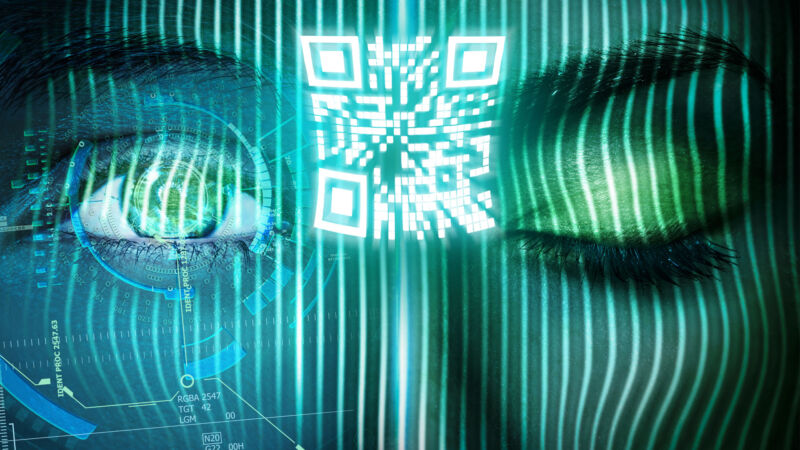
When the US government began offering financial aid to Americans struggling to cope with a pandemic-fueled economic collapse in 2020, the Department of Treasury and the Federal Bureau of Investigation urged Americans to be ever more vigilant about their personal information. COVID-19 scams seemed to be everywhere, and for government agencies, it became difficult to ensure that all the money it was sending out actually made it to the citizens most in need of aid—and not into the hands of bad actors.
It’s now estimated that hundreds of billions in COVID relief funds were stolen, Bloomberg reported, with no way of knowing the true cost of the losses.
It has perhaps never been clearer to the federal government how impactful it could be during times of emergency to already have trusted nationwide digital identification verification systems in place.
Unfortunately, that’s not where COVID-19 found America. Last year, McKinsey conducted an analysis of 12 countries, including the US, that provided COVID-19 aid. It found that the countries that were most successful in distributing aid to the right people were the ones that had already invested in digitizing financial infrastructure, including “the presence of a basic digital identification system with broad population coverage.” Countries like Singapore and India cover more than 80 percent of their populations with such a system; the US population coverage with digital IDs was around 70 percent in 2021.
Partly reacting to the pandemic, the US has slowly begun to ramp up that coverage so that more Americans have digital IDs. McKinsey reports that this will make it easier to provide financial aid more effectively and quickly in the future. But it also unlocks potential opportunities to provide Americans with more privacy and security than traditional IDs typically give.
For example, a driver’s license, which has become the default ID for most people in the country, has a vulnerable combination of sensitive information printed right on it: name, date of birth, and address. With digital IDs, the theory is that Americans can better protect sensitive information by relying on a QR code to share only the information needed for a transaction to be verified. This would limit the data collected by third parties that can then be seized by bad actors through data breaches—breaches that, without intervention, are predicted to cost the world $5 trillion by 2024, the United Nations reported.
In a truly digitized society, an ideal identity verification process might include none of those traditional ID features that many Americans associate with identity theft and other fraudulent activity. Socure, a leading global digital ID verification and fraud prevention platform, has helped many countries update systems and is now in talks with the US.
Socure’s Vice President of Compliance Debra Geister told Ars that the platform has been helping US regulators understand that beyond names, social security numbers, addresses, and birthdays, “there are a whole host of flavors” to identify Americans digitally, including IP addresses, mobile devices, and biometrics. Geister said that by consulting with fintech platforms like Socure, the US government can take advantage of private sector insights and inch closer to understanding how to mix all those flavors together to accurately verify “that the identity actually belongs to the person.”
The vision of the future being sold today is of a metaverse where people can travel back and forth, making transactions in virtual worlds and the real one. But experts say the only way this future will work is if people can trust that the avatars they meet online are who they say they are. That trust will depend on technologically advanced digital identity verification, Forbes Business Council reported, “adding a measure of safety, security, and privacy controls.” The same level of confidence in digital identity verification could exist for the public sector in the real world by relying on the same technology—if regulators can keep up, Geister said.
“As technology advances, we can't rely on old-school methods,” Geister told Ars.
reader comments
129